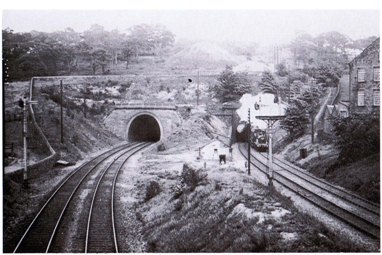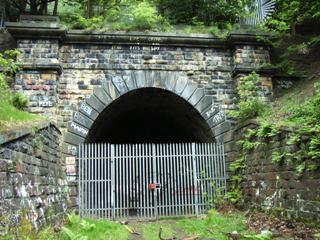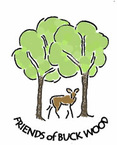Shaping Buck Wood
The site of Buck Mill was only one of the formative influences on Buck Wood. The Mill was built to take advantage of the water power provided by the River Aire, but was also built at a point where it was possible to cross the River using stepping stones where the river was shallow. Transport routes, even at such a basic level, were thus important in the evolution of the woodland toward its present characteristics.
Tracks and Footpaths
Buck Wood is served by a network of paths and tracks, some older-established than others, but generally these cannot be dated, other than by the dates of maps on which they first appear. An old trackway is shown on the 1813 Enclosure map. This was originally bounded by two stone walls and ran from a teardrop-shaped field towards Thackley via North Hall Farm. Buck Mill Lane, leading from Thackley to the Mill and River, once had immaculately laid cobble setts and was bounded by a substantial dry stone wall. It was clearly a major route through the wood.
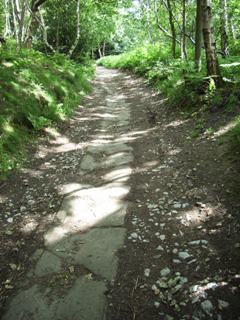
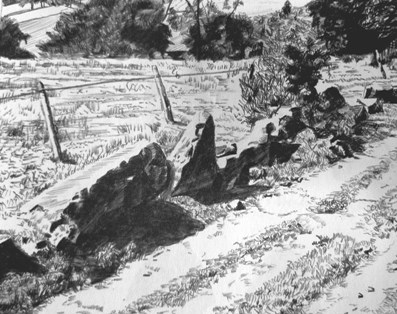
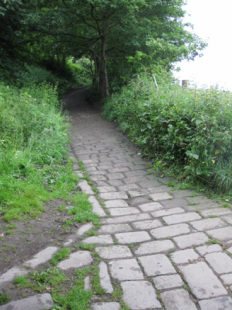
The River Aire Footbridge
For centuries stepping stones provided a crossing from Buck Mill to the Baildon side of the River Aire. In 1889, after much discussion between the Local Boards, a footbridge was constructed. It was jointly paid for by the Idle and Baildon Local Boards. Walkers and cyclists using the bridge today are probably unaware of the overgrown foundations of Buck Mill on the river bank below the bridge.
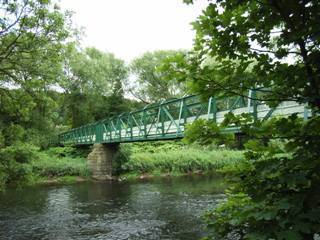

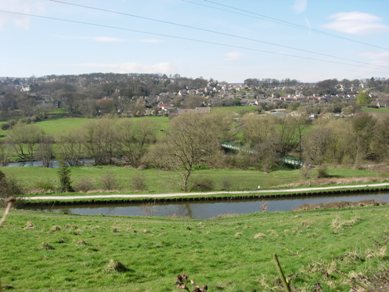
The Leeds and Liverpool Canal
In 1772 the first Leeds and Liverpool Canal Act was passed. This allowed a new waterway to be built, which would aid the local economy.
It was 1774 when the section between Shipley and Leeds was opened. The canal cut through the Thackley countryside and affected Buck Wood. It was built in a large loop skirting the hillside and most of the woodlands, but inevitably the canal cut through farmland and divided fields. Bridges had to be built to allow crossing places for farmers as well as where major footpaths were crossed by the canal, such as Buck Mill Lane. The swing bridge at the Buck Mill site was essential to preserve the long established route from village to mill and to the stepping stones over the river to Baildon.
The canal also cut through the Buck Mill property, separating the house and mill from Buck Wood and Buck Mill Cottage. But for the fulling mill it was an asset, providing a transport route to more distant locations without the need to carry bales up the steep track to Thackley. It also created a new means of transporting products from the area, such as stone from quarrying in the Wood, and timber. And the towpath, built for horses pulling the barges, became a easier route for local independent weavers taking their cloth by foot down to Leeds into the 19th century.
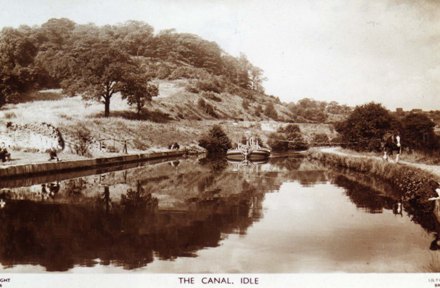
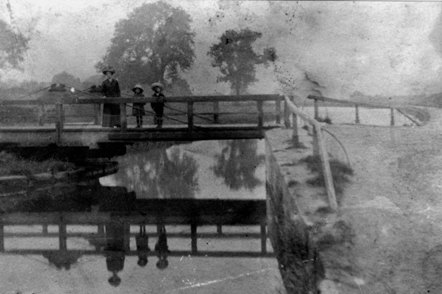
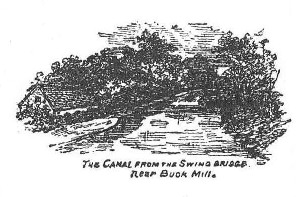
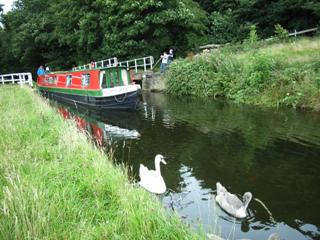
Railways
Further disruption took place in the 1840’s with the construction of Bradford’s first railway line linking the town to Leeds and the rapidly growing national rail network.
The Midland Railway company decided there was insufficient space in the valley itself, and built the Thackley Tunnel underneath Buck Wood. Although less disruptive for the woodland, the area resounded to the many large explosions as blasting took place over many months. The tunnel was completed and the line opened in 1846. Its route can be traced by the line of ventilation shafts that can be seen through the Wood and beyond, and is also marked by the area in Buck Wood now called the Plateau, where spoil from the tunnel was dumped.
This raised area has created an ideal site for wildlife-spotting, as well as being well-suited for the bike track that was constructed there in 2006. The ridge forming one side of the Plateau was formed just fifty years later, when, amidst more disturbance, a second tunnel was constructed to ease congestion on what had become a very busy line.
This was to be the last disruption to the woodlands although there was a narrow escape in the late 1970s. Plans were published to build a major road through the Aire valley to the A1. This road was to go through the centre of Buck Wood. Fortunately the plans were dropped.
